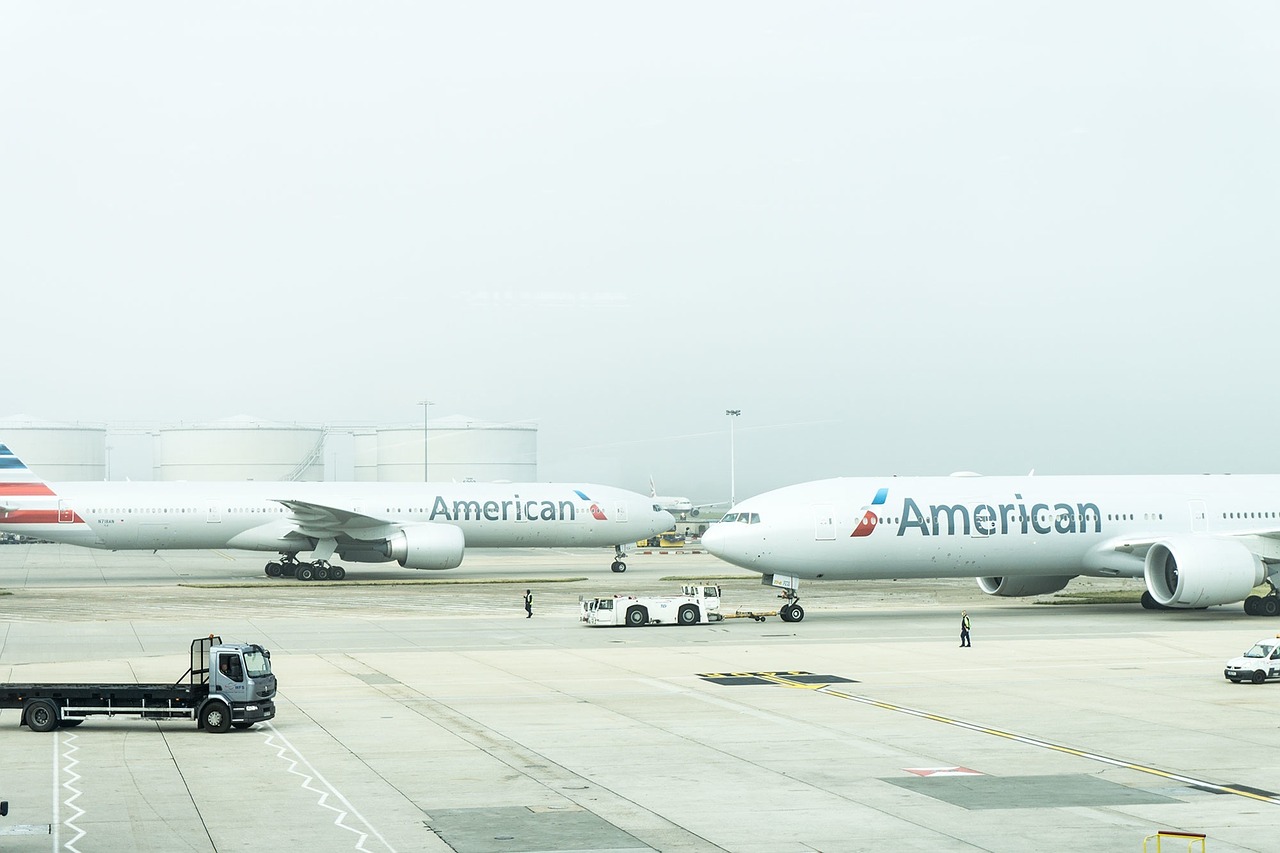
Ever wondered why certain airports seem busier than others? Airline hubs are the answer. These central airports act as transfer points where passengers switch flights to reach their final destinations. Think of them as the heart of an airline's operations. Major hubs like Atlanta's Hartsfield-Jackson or London's Heathrow handle millions of passengers each year. But what makes these hubs so special? Airline hubs offer more flight options, better connections, and often lower fares. They also play a crucial role in an airline's strategy, helping them maximize efficiency and reach. Ready to learn more? Let's dive into 14 fascinating facts about these bustling aviation centers.
Key Takeaways:
- Airline hubs are central airports that help airlines efficiently connect passengers to their final destinations, boost local economies, and facilitate international travel, making it easier for people to explore the world.
- Hubs play a vital role in shaping flight routes and schedules, enabling airlines to offer more destinations, increase flight frequency, and optimize aircraft utilization, ultimately making travel more convenient for passengers.
What is an Airline Hub?
An airline hub is a central airport that airlines use as a transfer point to get passengers to their final destination. Hubs are crucial for airlines to maximize efficiency and connectivity.
-
Major Airlines Have Multiple Hubs
Airlines like Delta, United, and American Airlines operate several hubs across the country. This allows them to cover more routes and serve more passengers. -
Hubs Boost Local Economies
Airports serving as hubs often bring significant economic benefits to their cities. They create jobs, attract businesses, and boost tourism. -
Hubs Facilitate International Travel
Major hubs often have extensive international connections, making it easier for passengers to travel abroad. Airports like JFK in New York and LAX in Los Angeles are prime examples.
How Hubs Affect Flight Routes
Hubs play a vital role in determining flight routes and schedules. They help airlines manage their fleets and optimize their operations.
-
Hub-and-Spoke Model
Airlines use the hub-and-spoke model to route flights through a central hub. This model allows airlines to offer more destinations with fewer planes. -
Increased Flight Frequency
Hubs enable airlines to offer more frequent flights to popular destinations. This is especially beneficial for business travelers who need flexible schedules. -
Efficient Aircraft Utilization
By routing flights through hubs, airlines can better utilize their aircraft. Planes spend less time on the ground and more time in the air, generating revenue.
The Role of Hubs in Airline Alliances
Airline alliances like Star Alliance, SkyTeam, and Oneworld rely heavily on hubs to coordinate their operations and offer seamless travel experiences.
-
Code-Sharing Agreements
Hubs facilitate code-sharing agreements between airlines. This allows passengers to book flights with multiple airlines on a single ticket. -
Shared Facilities
Airlines in an alliance often share facilities at hubs, such as lounges and check-in counters. This improves the passenger experience and reduces costs. -
Streamlined Connections
Hubs make it easier for passengers to connect between flights operated by different airlines within the same alliance. This reduces layover times and simplifies travel.
Challenges Faced by Airline Hubs
Despite their benefits, hubs also face several challenges that can impact their efficiency and effectiveness.
-
Congestion and Delays
Major hubs often experience congestion and delays, especially during peak travel times. This can lead to missed connections and frustrated passengers. -
Weather Disruptions
Hubs located in regions prone to severe weather can experience significant disruptions. Snowstorms, hurricanes, and other weather events can ground flights and strand passengers. -
High Operating Costs
Operating a hub can be expensive for airlines. Costs include maintaining facilities, staffing, and managing complex logistics.
Future of Airline Hubs
The future of airline hubs looks promising, with advancements in technology and changes in travel patterns shaping their evolution.
-
Sustainable Practices
Airlines are increasingly adopting sustainable practices at their hubs. This includes using renewable energy, reducing waste, and improving fuel efficiency. -
Technological Innovations
Innovations like biometric screening, automated check-in, and advanced baggage handling systems are making hubs more efficient and passenger-friendly.
The Final Descent
Airline hubs are more than just busy airports. They’re strategic points that help airlines maximize efficiency and connectivity. Understanding these hubs can make your travel experience smoother and more enjoyable. From Atlanta's Hartsfield-Jackson being the busiest to Dubai International serving as a major global connector, each hub has its unique role. Knowing about codeshares and alliances can also help you find better routes and deals. Next time you book a flight, consider the hub's impact on your journey. Whether it's a layover or a direct flight, these hubs are the backbone of global air travel. So, next time you’re at an airport, take a moment to appreciate the complex network that gets you from point A to point B. Safe travels!
Frequently Asked Questions
Was this page helpful?
Our commitment to delivering trustworthy and engaging content is at the heart of what we do. Each fact on our site is contributed by real users like you, bringing a wealth of diverse insights and information. To ensure the highest standards of accuracy and reliability, our dedicated editors meticulously review each submission. This process guarantees that the facts we share are not only fascinating but also credible. Trust in our commitment to quality and authenticity as you explore and learn with us.


